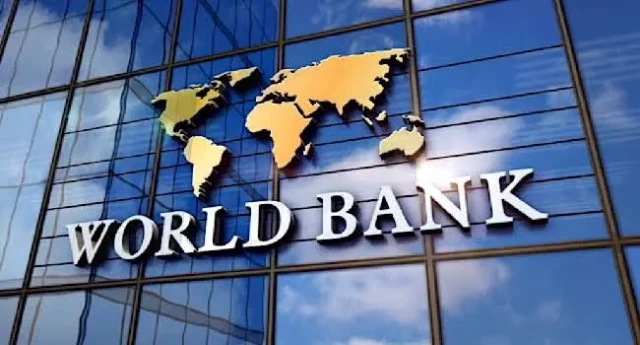A recent World Bank report has said that half of the 75 most vulnerable countries eligible for grants and low-interest loans from the World Bank's International Development Association (IDA) are at risk of experiencing a widening income gap.
The report acknowledged the high potential of vulnerable nations to advance global prosperity.
It urged them to take full advantage of their younger populations, their rich natural resources, and their abundant solar-energy potential to help them overcome the setback.
More than half of all IDA countries, 39 in all are in sub-Saharan Africa. Fourteen of them mainly small island states are in East Asia, and eight are in Latin America and the Caribbean.
The report, 'Great Reversal: Prospects, Risks, and Policies in International Development Association Countries', offers first comprehensive look at the opportunities and risks confronting the 75 countries eligible for grants and zero to low-interest loans from the World Bank’s International Development Association (IDA).
The report said, “These countries are home to a quarter of humanity 1.9 billion people. At a time when populations are aging nearly everywhere else, IDA countries will enjoy a growing share of young workers through 2070, a huge potential demographic dividend.
“These countries are also rich in natural resources, enjoy high potential for the solar energy generation, and boast a large reservoir of mineral deposits that could be crucial for the world’s transition to clean energy.
“Yet a historic reversal is underway for them. Over 2020-24, average per capita incomes in half of IDA countries, the largest share since the start of this century have been growing more slowly than those of wealthy economies. This is widening the income gap between these two groups of countries."
The global bank said that one out of three IDA countries was poorer, on average, than it was on the eve of COVID-19.
It noted, “The extreme-poverty rate is more than eight times the average in the rest of the world: one in four people in IDA countries struggles on less than $2.15 a day.
"These countries now account for 90 per cent of all people facing hunger or malnutrition. Half of these countries are either in debt distress or at high risk of it. Still, except for the World Bank Group and other multilateral development donors, foreign lenders private as well as government creditors have been backing away from them."
“The world cannot afford to turn its back on IDA countries,” said Indermit Gill, the World Bank Group’s Chief Economist and Senior Vice President.
Gill said, “The welfare of these countries has always been crucial to the long-term outlook for global prosperity.
"Three of the world’s economic powerhouses today China, India, and South Korea were all once IDA borrowers. All three prospered in ways that whittled down extreme poverty and raised living standards. With help from abroad, today’s batch of IDA countries has the potential to do the same.”
“IDA countries share similar opportunities. The 'demographic dividend', a deep and growing reserve of young workers is one of them. Abundant natural resources is another. These countries account for about 20% of global production of tin, copper, and gold.
"In addition, some IDA countries possess critical mineral deposits essential for the global energy transition. Because of their abundant sunshine, most IDA countries are well situated to take advantage of solar energy. On average, their long-term daily solar-electricity generation potential is among the highest in the world.
“This potential, however, comes with risks that must be managed. To reap the demographic dividend, IDA governments will need to undertake policies to improve education and health outcomes and make sure that jobs are available for the rising number of young people who will enter the workforce in the coming decades.
"To seize the full potential of their natural-resource wealth, IDA countries will need to improve policy frameworks and build stronger institutions capable of better economic management.
"All of this will require ambitious domestic policy reforms and significant financial support from the international community.”
“IDA countries have incredible potential to deliver strong, sustainable, and inclusive growth. Realising this potential will require them to implement an ambitious set of policies centered on boosting investment,” said Ayhan Kose, the World Bank’s Deputy Chief Economist and Director of the Prospects Group.




















